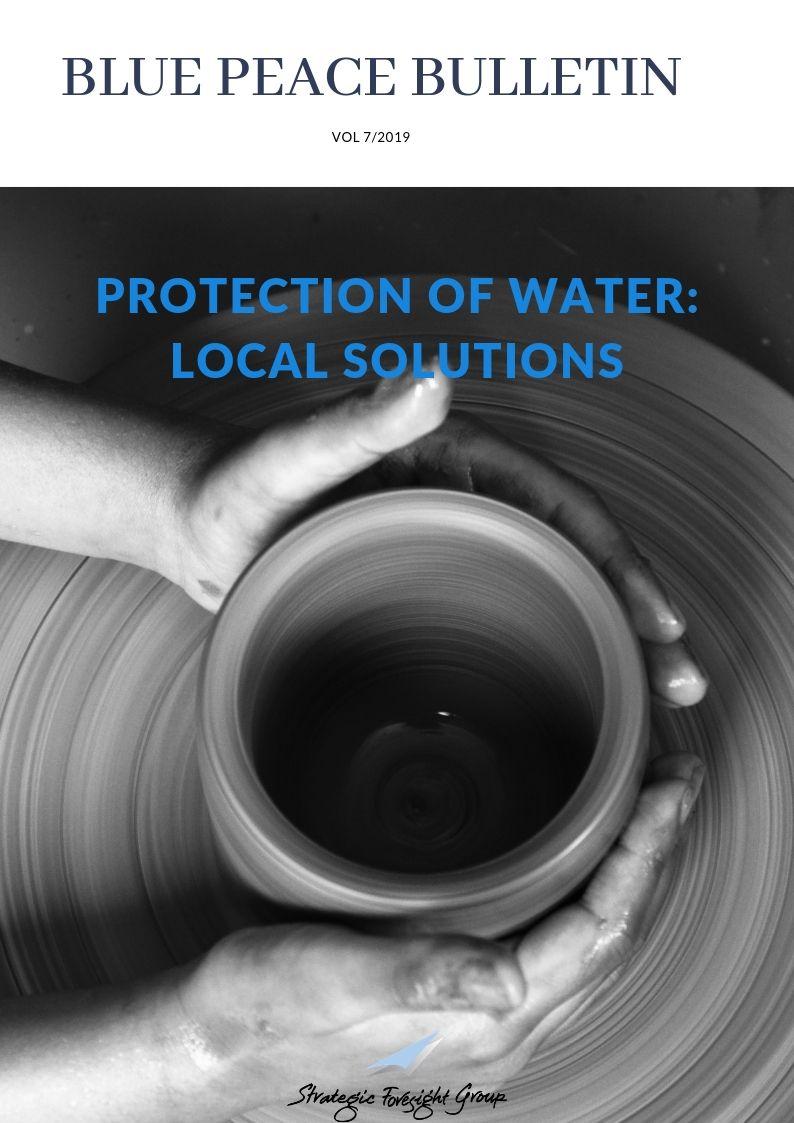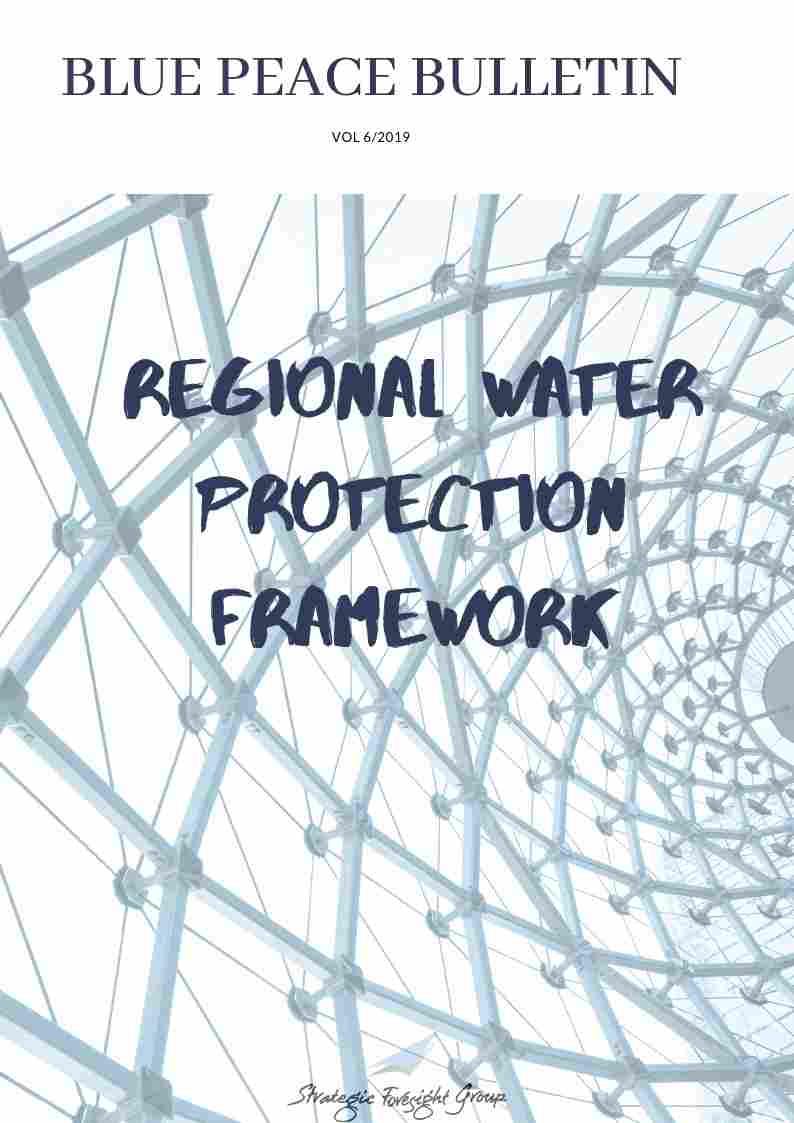Water Security: Old Problems, New Solutions
|
|
November, 2011
By Sowmya Suryanarayanan
|
In 2006, the Barefoot College set up a community-level solar-powered desalination plant in partnership with a small voluntary organization called Manthan in the western Indian state of Rajasthan. This small-scale plant now meets the drinking water requirements of more than 1,000 men, women and children from Kotri, as well as the surrounding villages. A family is charged INR 40 per month for use of 1200 litres of water. This is just one of the many emerging small-scale water desalination initiatives that have been taken to meet the needs of vulnerable people with little or no access to clean water in India.
Desalination technologies are still evolving in India. There are a few thermal-powered desalination projects in the country; however the sector has witnessed constant technology improvements in recent years. Distillation and reverse osmosis, a membrane separation process, is preferred in India as it is economical and commercially viable when compared with alternative desalination technologies. There is also an increasing focus on nuclear and solar energy to power desalination plants. As the renewable energy sector matures, desalination has the potential to garner a much larger share of the water technology sector in the next 10 years.
Rapid economic growth and climate change have resulted in increasing pressure on quality and quantity of water resources in several parts of India. Moreover, of the more than 600,000-odd villages in India, over 200,000 face water problems, either due to lack of access to fresh water or brackish and contaminated water. Emerging desalination technology using renewable energy is viewed as a feasible alternative to supply water as it can not only be cost-effective but also has the potential to transform the lives of people living in arid regions of the country.
The solar energy based desalination system developed by the Bhabha Atomic Research Centre (BARC) in Mumbai is another initiative to provide access to clean water. The plant caters to the drinking and cooking requirements of 3-4 families at an average rate of five litres per day per person; it can be operated for 9 to 10 hours on a sunny day. Institutions such as The Energy and Resources Institute (TERI), New Delhi and Indian Institute of Science (IISC), Bangalore have also developed energy saving and hybrid desalination plants that are specifically designed to be sustainable, affordable, and eco-friendly at the grassroots level. Such small-scale approaches will guarantee adequate supply of clean water for poor communities. More importantly, consistent supply of renewable energy will trim down production disruptions and price hikes associated with grid-based power, and this, in turn, will reduce the cost of water for people.
In addition to small-scale and eco-friendly initiatives, a number of large desalination projects have been established through public-private partnerships in India�€™s coastal cities. The state of Tamil Nadu is home to the largest Indian desalination plant in Chennai which is a joint venture between IVRCL Infrastructures and Project Ltd and Befessa of Spain. The facility processes use reverse osmosis technology and the cost of water per 1000 litres is INR 48.74 for the first 25 years. In comparison to this, about 650 million litres of water is supplied to the residents in the city by the public water supply board in the state. The Tamil Nadu government is planning to set up another desalination plant with similar capacity by 2012. Similarly, the Gujarat state government is planning to develop solar powered desalination water treatment plants along the 1600 km long coastline of the state.
In the next decade, economical distribution of water to rural and low-income areas will be a major concern in India. Small decentralized desalination units could be an attractive approach, in places where infrastructure and distribution problems are severe and there is an absence of alternative water technologies. This will also require knowledge sharing among communities, organizations and the local government. On the other hand, large-scale desalination projects will be more sustainable and cost-effective in regions that are closer to the sea. Moreover, their success will depend on the level of participation of the private sector.
The socio-economic and environmental well-being of India will largely depend on how well water is managed in the coming years. Therefore, the key question that now remains is whether long-term efficiency of water use can be ensured, given the increased access to clean water as a result of advances in desalination technologies.
Related Publications
Related latest News
Related Conferences Reports
-

An Unprecedented Opportunity:Blue Peace in the Middle East
Download:Stockholm Workshop Report
-

Strategy Workshop on Blue Peace in the Middle East
Download:Strategy Workshop on Blue Peace in the Middle East





